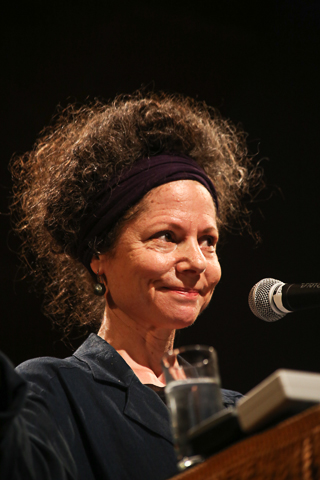A decade ago, I heard someone ask Suzan Shown Harjo, the Cheyenne and Arapaho writer and Indian policy advocate, What's the most important event in Native American history?
While I imagined her saying something like the arrival of Europeans to North America or the Battle at Wounded Knee, Harjo replied, We received teachings about using nearby plants to heal wounds and diseases.
I still think about her response. In the context of an ecoliteracy school, I wonder what teachings other cultures have received to keep life going.
We have the thought that there isn't enough. Therefore, I need to get what I can.
DIRECTIONS for ECOLOGICAL HEALTH
Taoists (somewhere between the 8th and 3rd centuries BCE): Avoid extremes. Go for the middle way. Balance yin and yang. Recognize that all life evolves from cycles of heating and cooling and drying and moistening.
Ancient peoples: plant seeds and extract ores with reverence.
Respect that soil's ability to absorb and hold water is one of the Earth's primary cooling mechanisms. Covering soil with paved roads, parking lots, shopping malls, data centers, battery energy storage facilities, airports (etcetera) blocks this mechanism.
Herman Daly (1938-2022): Dont take from the Earth faster than it can replenish. Dont waste faster than it can absorb the waste.
Bioregionalists: Know how much rainfall your region receives, how much groundwater is available and how to restore healthy water cycling. Live within the offerings of your watersheds water, fuel, ores, energy. Build soil that can absorb and hold water. Reduce dependence on international supply chains.
United Plant Savers (1994): Preserve native medicinal plants. Dont over-harvest plants whose survival is endangered.
Robin Wall Kimmerer: In Potawatomi and most other indigenous languages, we use the same words to address the living world as we use for our family.
(Note: You can view every article as one long page if you sign up as an Advocate Member, or higher).






